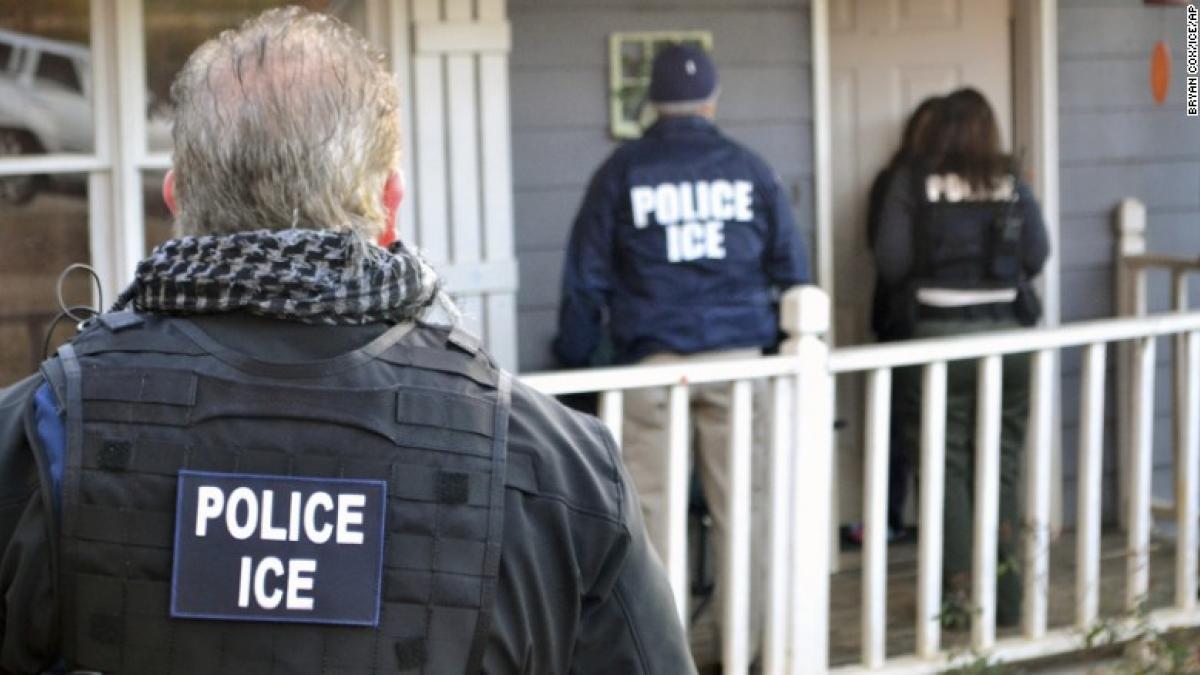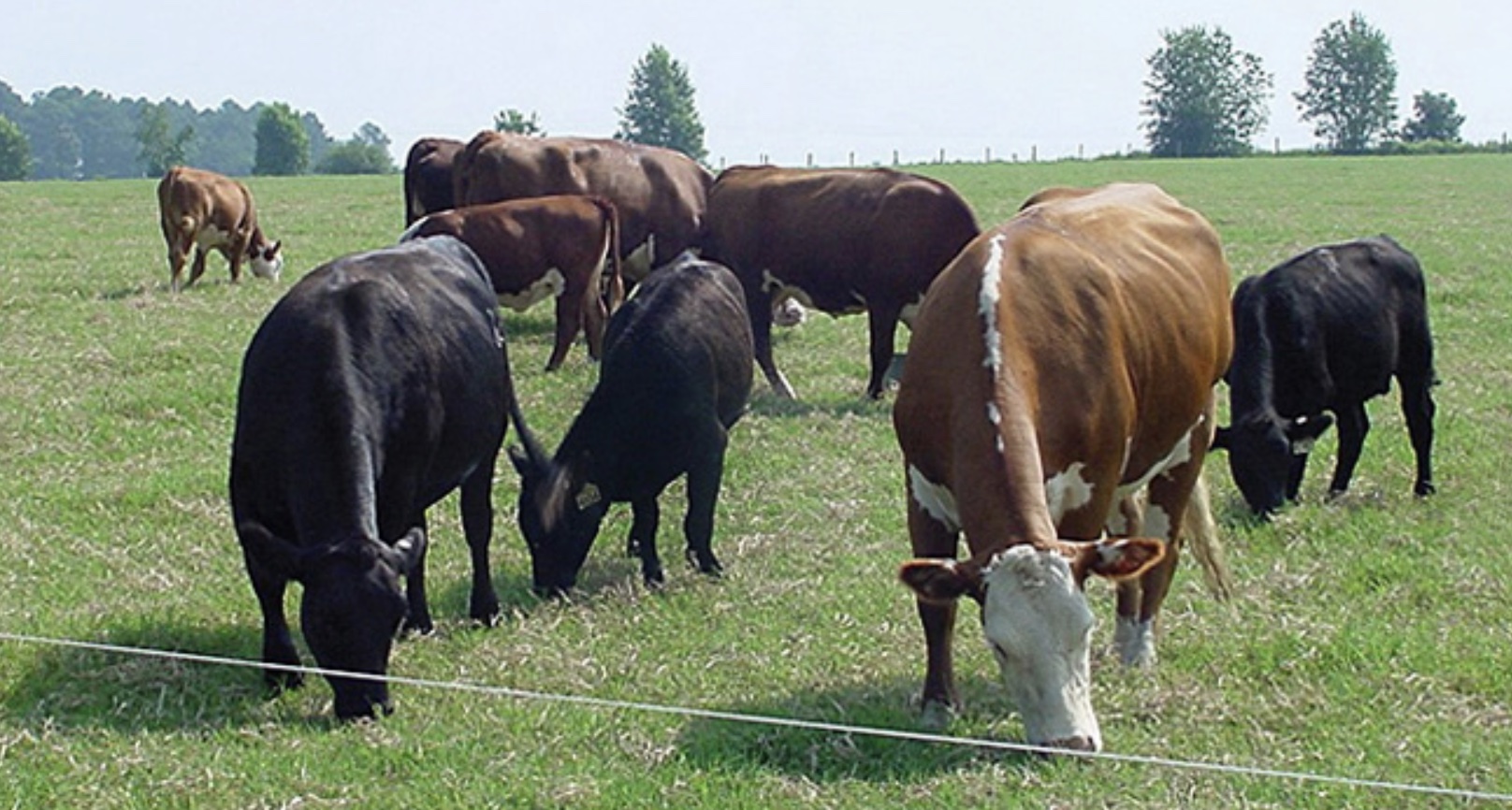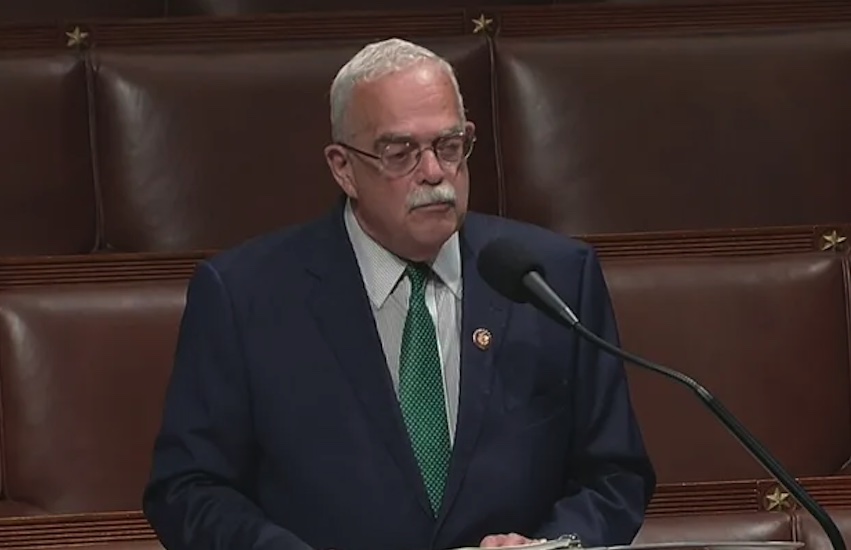Is public education working for America’s future?
PRAY FIRST for leaders at all levels of government and education will act with integrity and prioritize the well-being of students above political or financial interests.
Whoever walks in integrity walks securely, but he who makes his ways crooked will be found out. Proverbs 10:9
The landscape of public education in the U.S. has undergone significant transformations since its inception. Understanding this helps provide insight into current challenges and opportunities within the system. We recently covered the role of the U.S. Department of Education (Read Here), and now we will delve into publicly funded education with a closer look at state and local perspectives.
Public education in America began in the 17th century, with the Massachusetts Bay Colony enacting the first compulsory education law in 1642. These early schools aimed to instill religious values and basic literacy among children. Over time, the focus expanded to include civic responsibility and workforce preparation.
Early public schools primarily served boys from European-descended families, while educational opportunities for girls and African American children were significantly limited. Girls often received separate or less formal instruction, and many Black children were excluded due to segregation laws and societal barriers. Efforts to expand access and inclusivity gradually took shape in the 19th and 20th centuries, leading to more diverse classrooms over time.
Funding Systems and Resource Distribution
In the early days, public schools were funded through a mix of local taxes, tuition payments, and charitable contributions. Some towns in the Northeast offered free education funded by residents, but this was not widespread. Over time, the concept of tuition-free public education became more prevalent, supported by public funding.
Public K-12 education financing in the U.S. combines local, state, and federal contributions. In the 2022 fiscal year, total spending reached $857 billion, with the federal government providing approximately 13.6 percent of funding.
Funding disparities exist among public schools, often reflecting local economic conditions. Schools in affluent areas can benefit from higher property tax revenues, while those in low-income communities may struggle with fewer resources.
Tax funds in public schools cover various expenses, including teacher salaries, infrastructure maintenance, technology upgrades, and extracurricular programs. When schools are underfunded, they may face challenges such as larger class sizes, outdated materials, and reduced program offerings.
There are various laws and policies aimed at a fair distribution of educational resources. One main duty of state boards is to review funding allocations to promote adequacy and impartiality, and federal programs are in place to provide additional support to underserved and under-resourced schools.
Specialized Schools
Magnet schools offer specialized curricula—such as performing arts or science—attracting a diverse student body from various districts. STEM schools focus on science, technology, engineering, and mathematics, emphasizing these areas to prepare students for related careers. Both types are public schools that set out to enhance educational opportunities. However, both models can experience challenges.
Magnet and STEM schools provide enriched learning environments and access to specialized resources. Even so, they may inadvertently draw resources away from traditional public schools and can be selective in admissions, which could also raise concerns about accessibility.
Public charter schools operate with greater autonomy than traditional public schools, often implementing innovative teaching methods. While they offer alternatives within the public system, debates continue regarding their effectiveness and impact on traditional schools’ funding.
Academic Performance, Standards, and Regulations
U.S. public schools have faced challenges in international education rankings, often scoring lower than peers in developed nations. Factors contributing to this include funding disparities, gaps in financial and social resources, and varied state curricula.
Efforts to improve U.S. public education include implementing common standards, increasing funding for under-resourced schools, and investing in teacher training. The effectiveness of these initiatives varies, and ongoing assessment is crucial. But are these efforts realistic?
Addressing systemic issues in education requires coordinated efforts across federal, state, and local levels. While challenges persist, targeted policies and community engagement can lead to meaningful improvements.
School vouchers are government-funded scholarships that allow students to attend private schools using public funds. Proponents argue they provide families with more educational choices, while critics contend, they divert necessary funds from public schools.
While the impact of school vouchers on public education funding is a subject of ongoing debate, some studies suggest that introducing vouchers can lead to modest improvements in public school performance due to increased competition. For instance, research indicates that when public schools face competition from private institutions through voucher programs, there can be slight enhancements in student achievement within public schools. Additionally, proponents argue that school vouchers empower parents with greater choice, potentially leading to higher parental satisfaction and involvement in their children’s education.
Laws such as the Every Student Succeeds Act (ESSA) seek to ensure students have rights to quality education, stressing accountability and support for underserved students. Teachers are protected by various federal and state laws concerning fair wages, safe working conditions, and academic freedom, fostering an environment conducive to effective teaching.
Why It Matters and How We Can Respond
The evolution of public education in the U.S. reflects broader societal changes and values. As Christians, we recognize the importance of nurturing everyone’s potential, acknowledging that every child is created with unique gifts and purposes. Proverbs 22:6 reminds us, “Train up a child in the way he should go; even when he is old he will not depart from it.” This highlights our responsibility to support educational systems that cultivate moral and intellectual growth.
Engaging with the education system allows us to advocate for environments where all students can thrive. By volunteering, supporting policies that benefit our children, and promoting diversity of thought in our communities, we exemplify the principle of loving our neighbors as ourselves. In discussions about education, approaching differing viewpoints with humility and a commitment to truth reflects the wisdom found in James 1:19: “Let every person be quick to hear, slow to speak, slow to anger.”
HOW THEN SHOULD WE PRAY:
— Pray for God to direct our federal leaders as they create policies to provide funds for public education and alternative educational systems. Open your mouth, judge righteously, defend the rights of the poor and needy. Proverbs 31:9
— Pray for God to be with good teachers who work tirelessly and give them strength, godly wisdom, and encouragement in their calling. Let us not grow weary of doing good, for in due season we will reap, if we do not give up. Galatians 6:9
CONSIDER THESE ITEMS FOR PRAYER:
- Pray for parents and guardians to have discernment in making quality educational decisions for their children.
- Pray for students in America to have access to necessary resources to help them learn and succeed.
- Pray for lawmakers and school administrators to work toward policies that create a culture of learning and opportunities for students.
Sources: U.S. Department of Education, U.S. Government Accountability Office, Center on Education Policy, Education Data Initiative, Great Homeschool Conventions, NASBE, National Center for Education Statistics, Organization for Economic Co-operation and Development, Peter G. Peterson Foundation, The Journalist’s Resource









